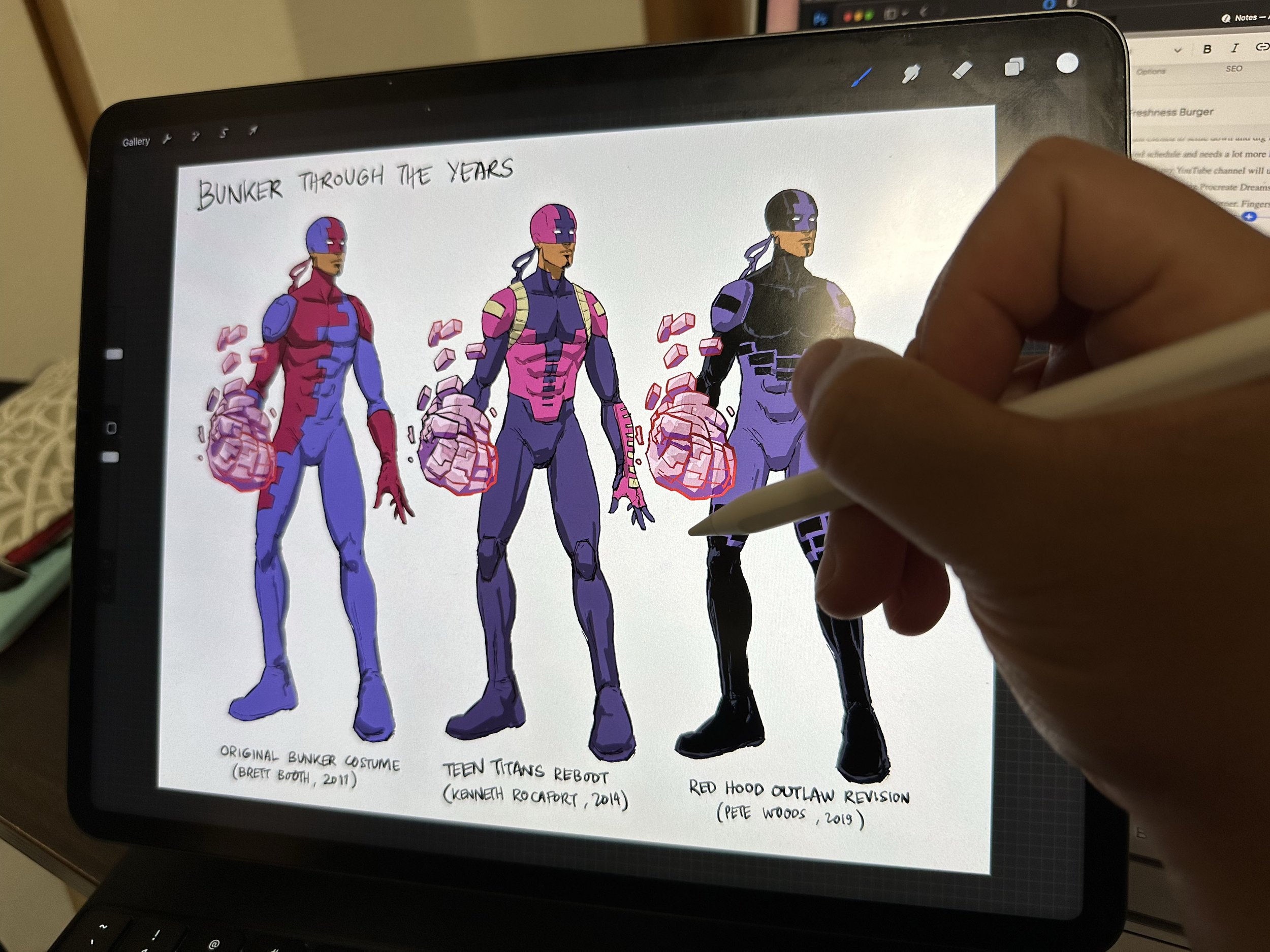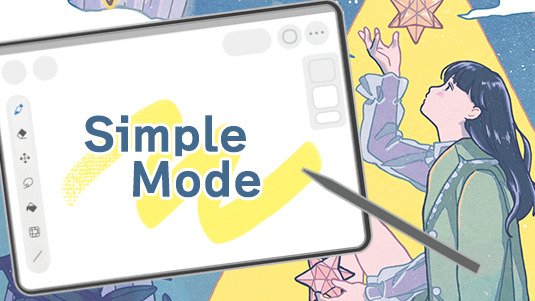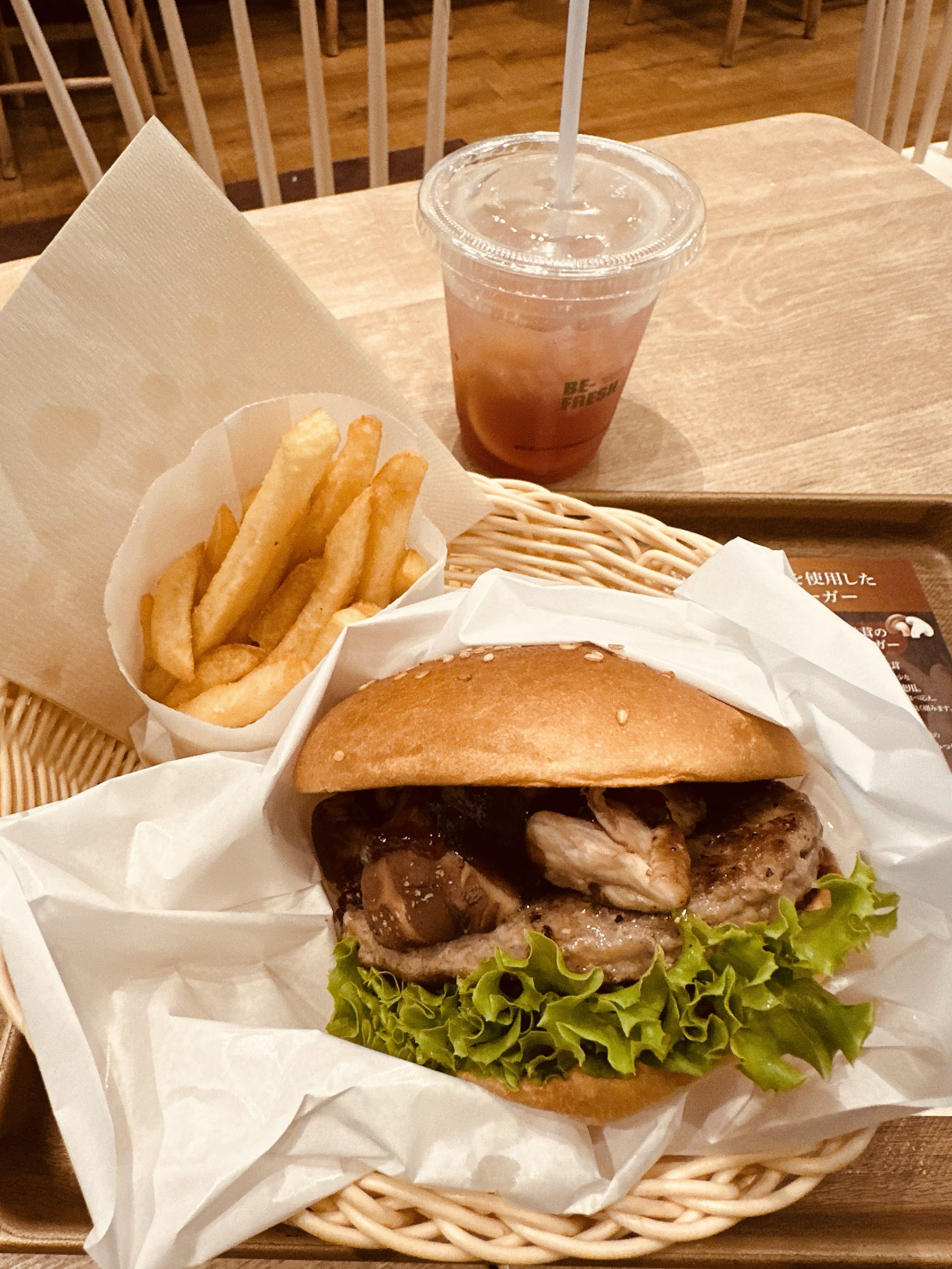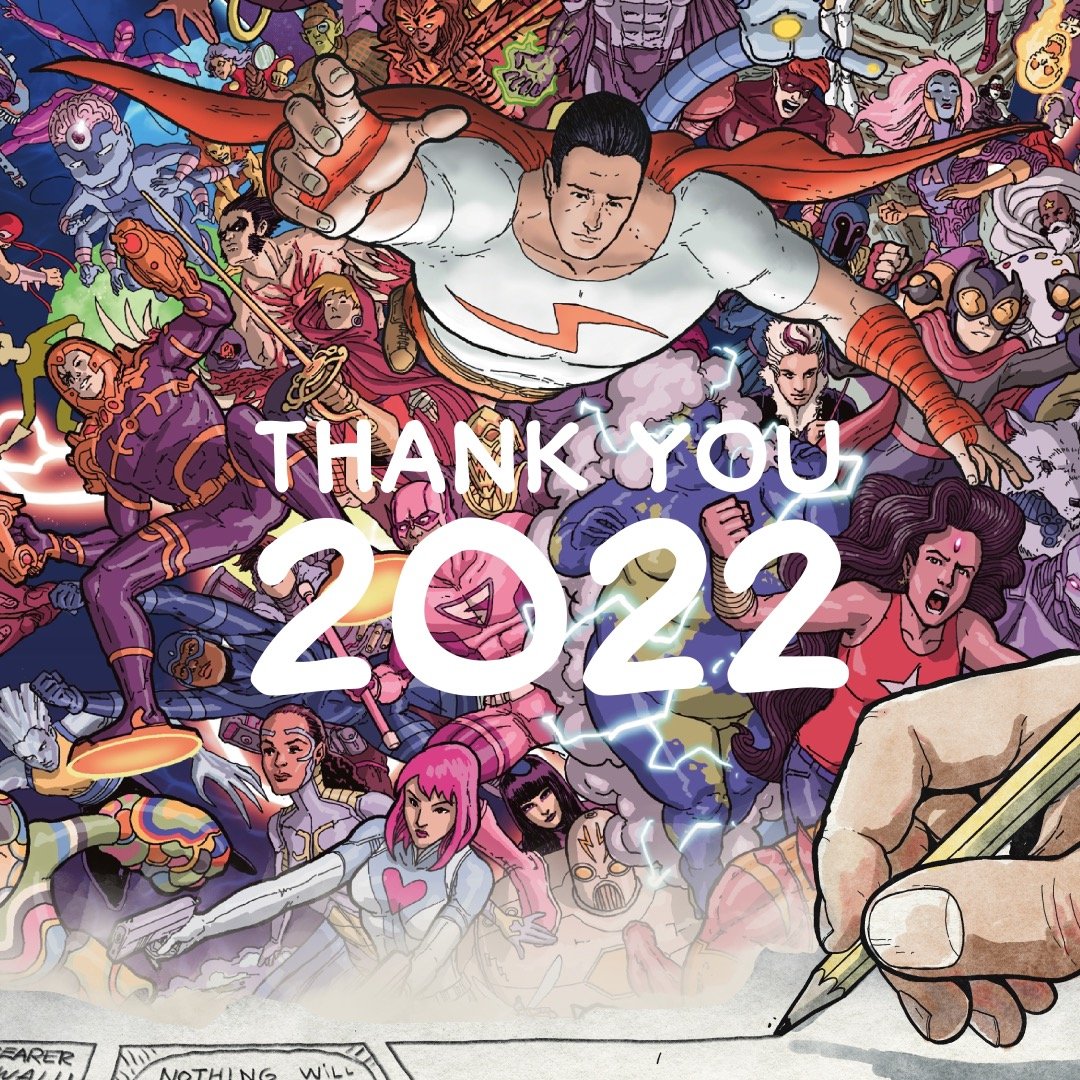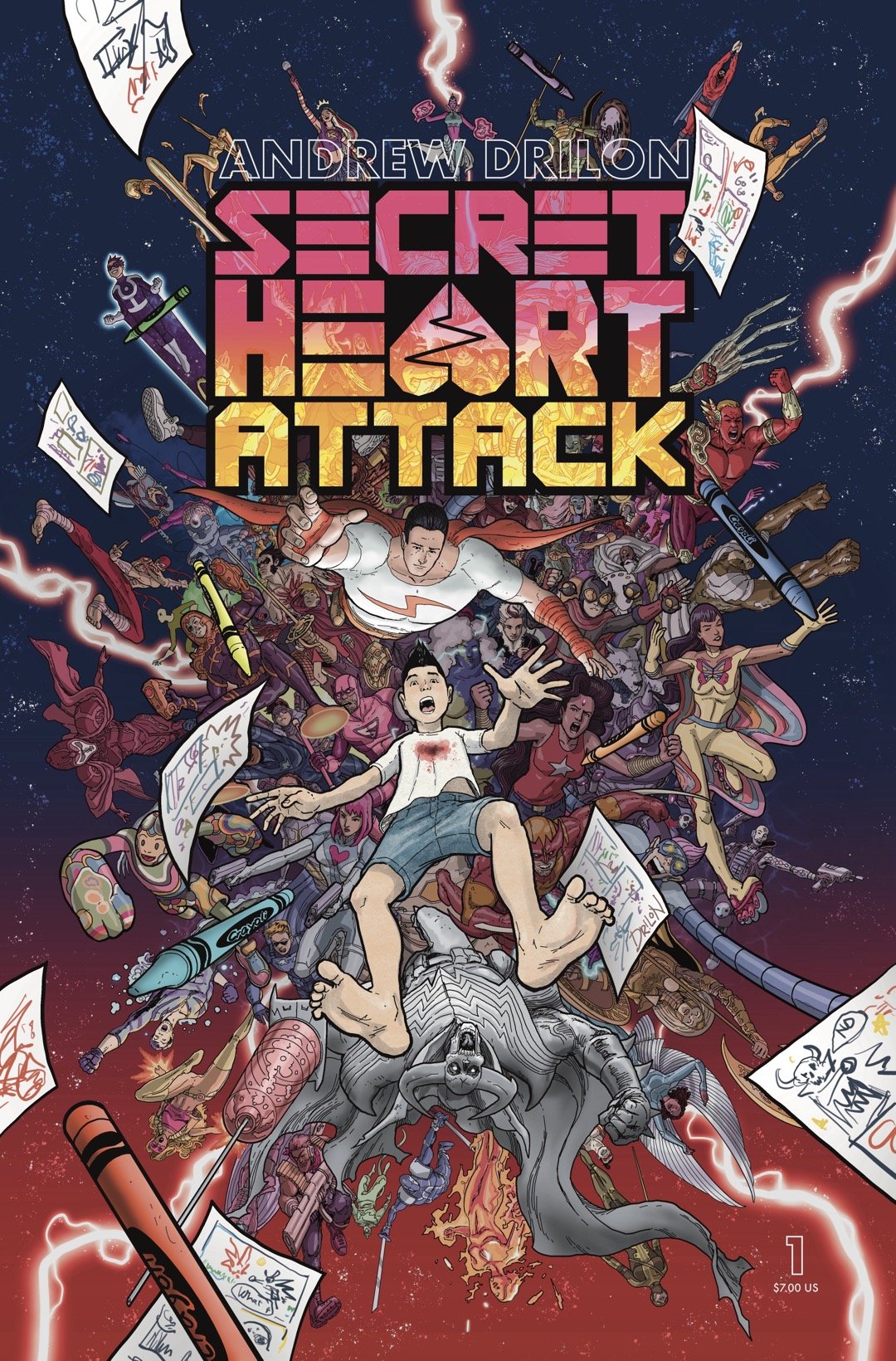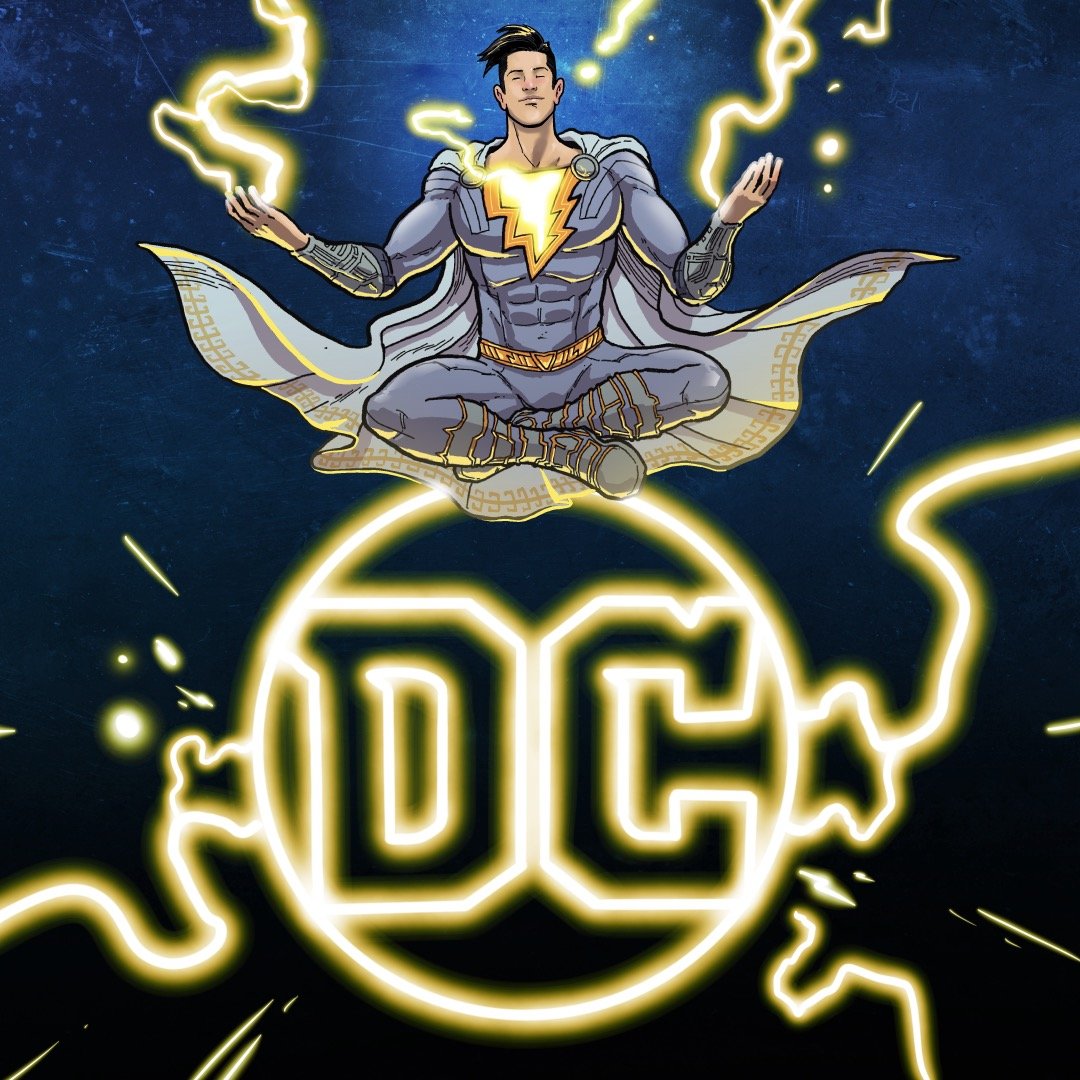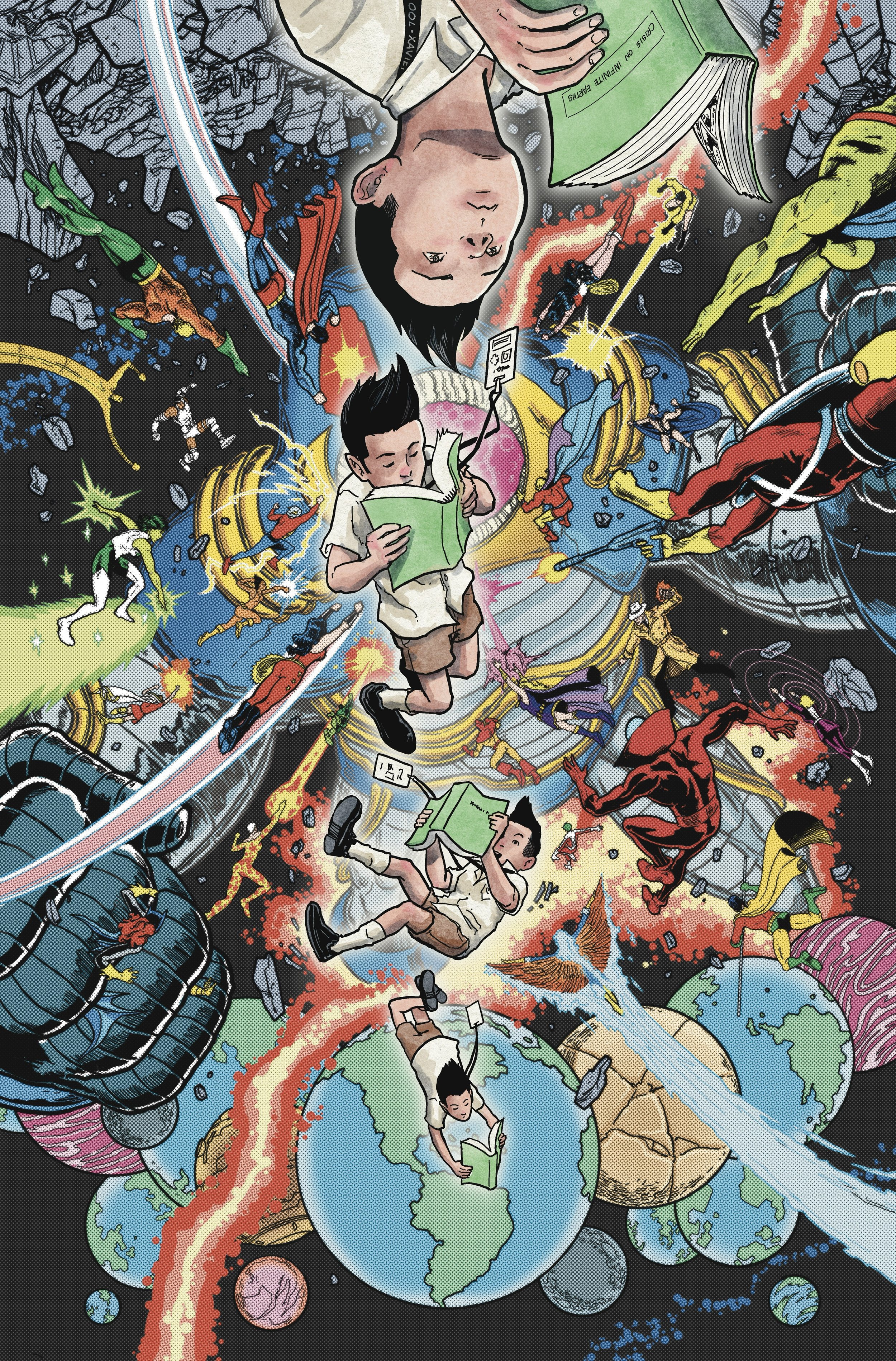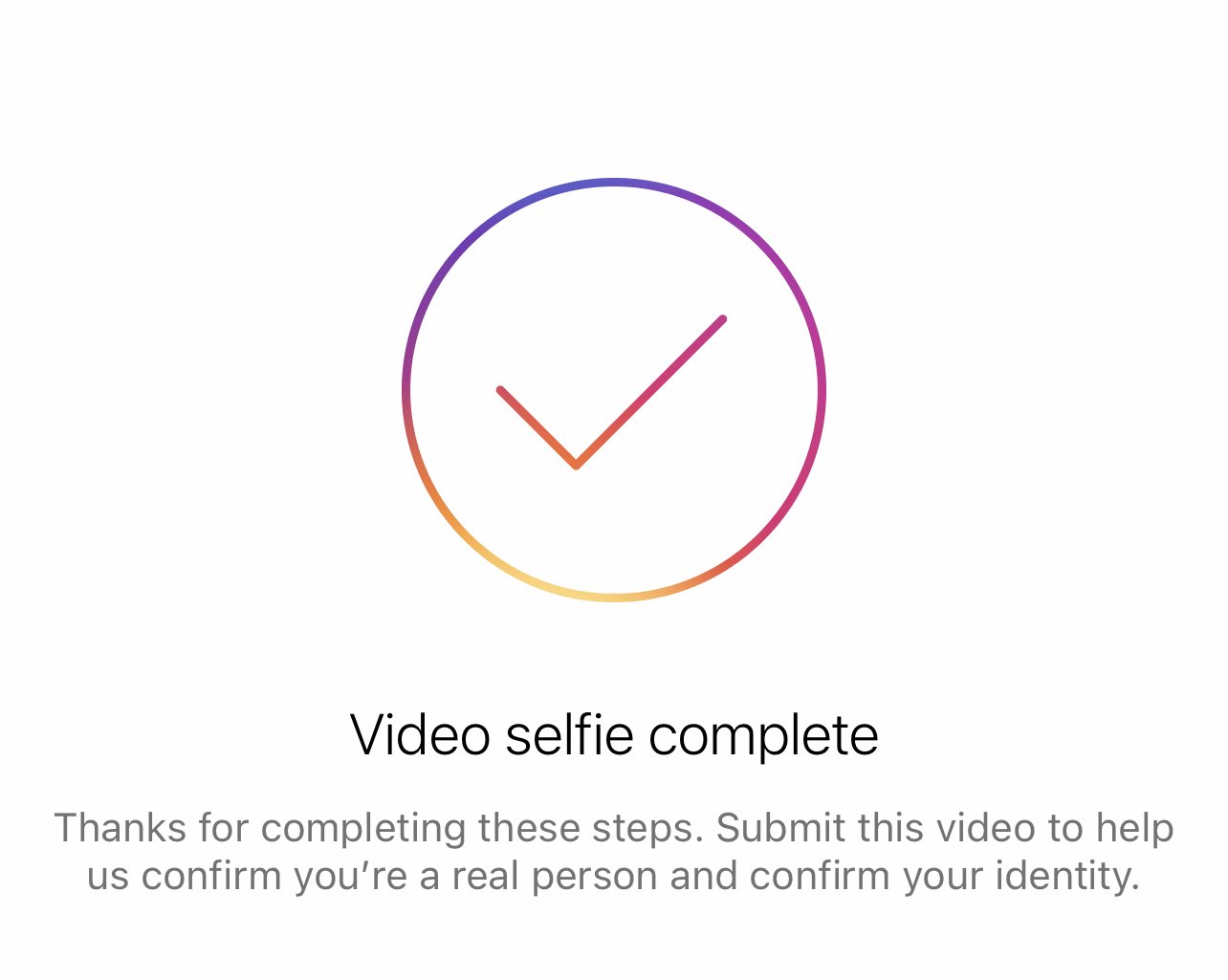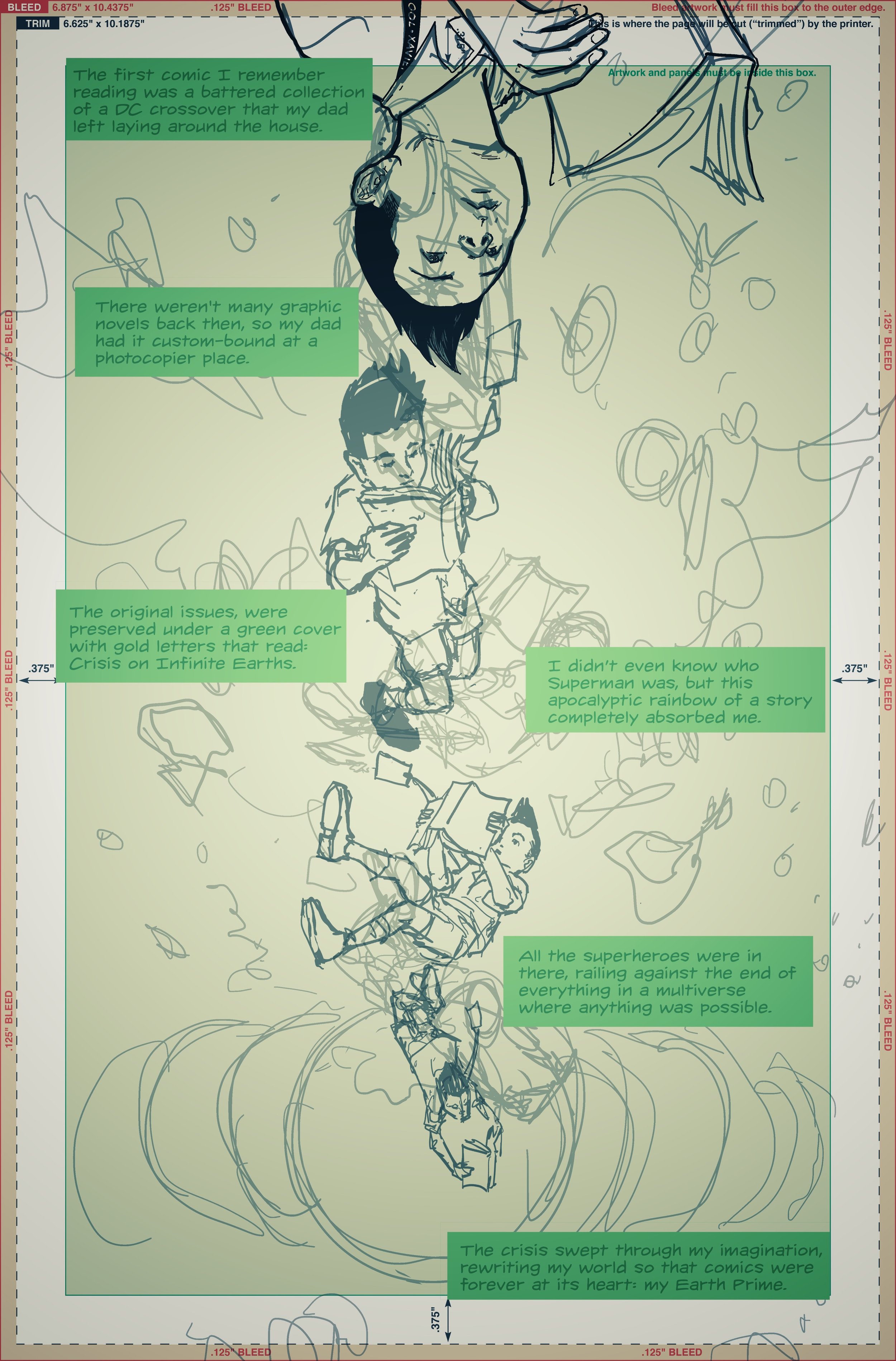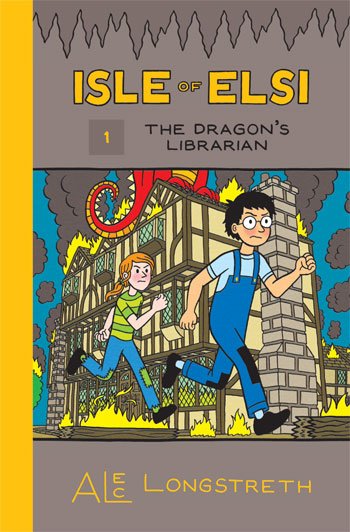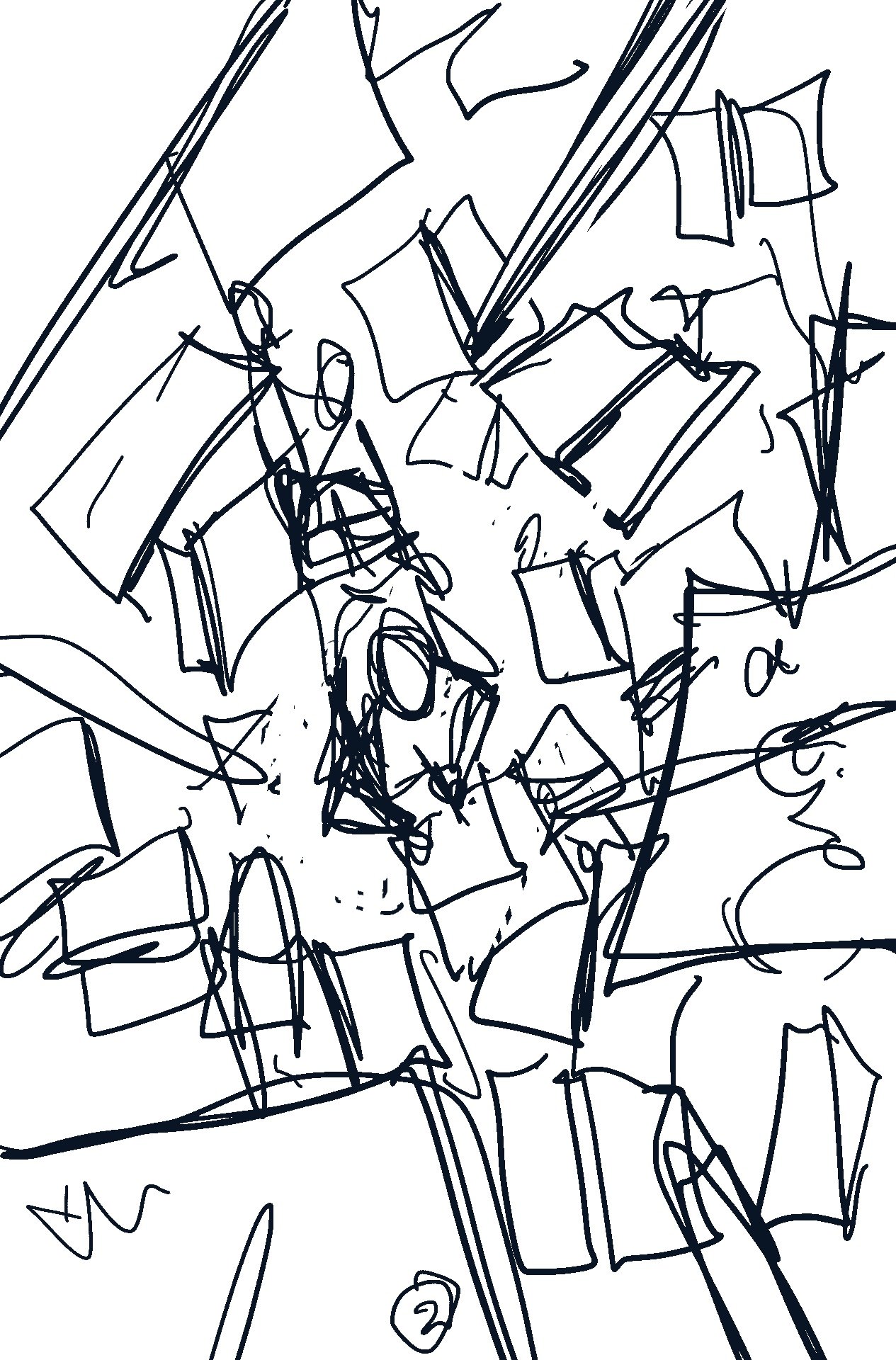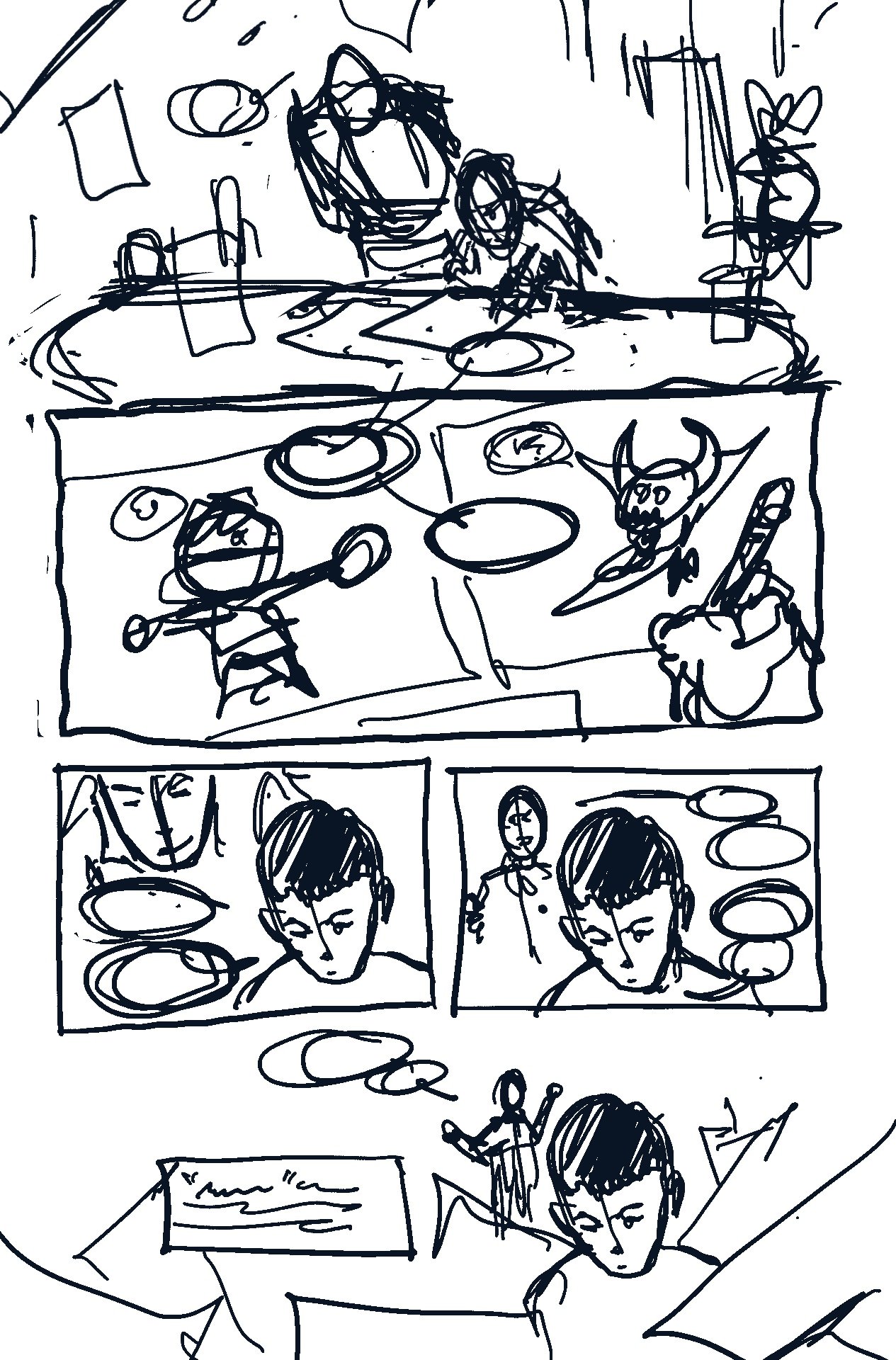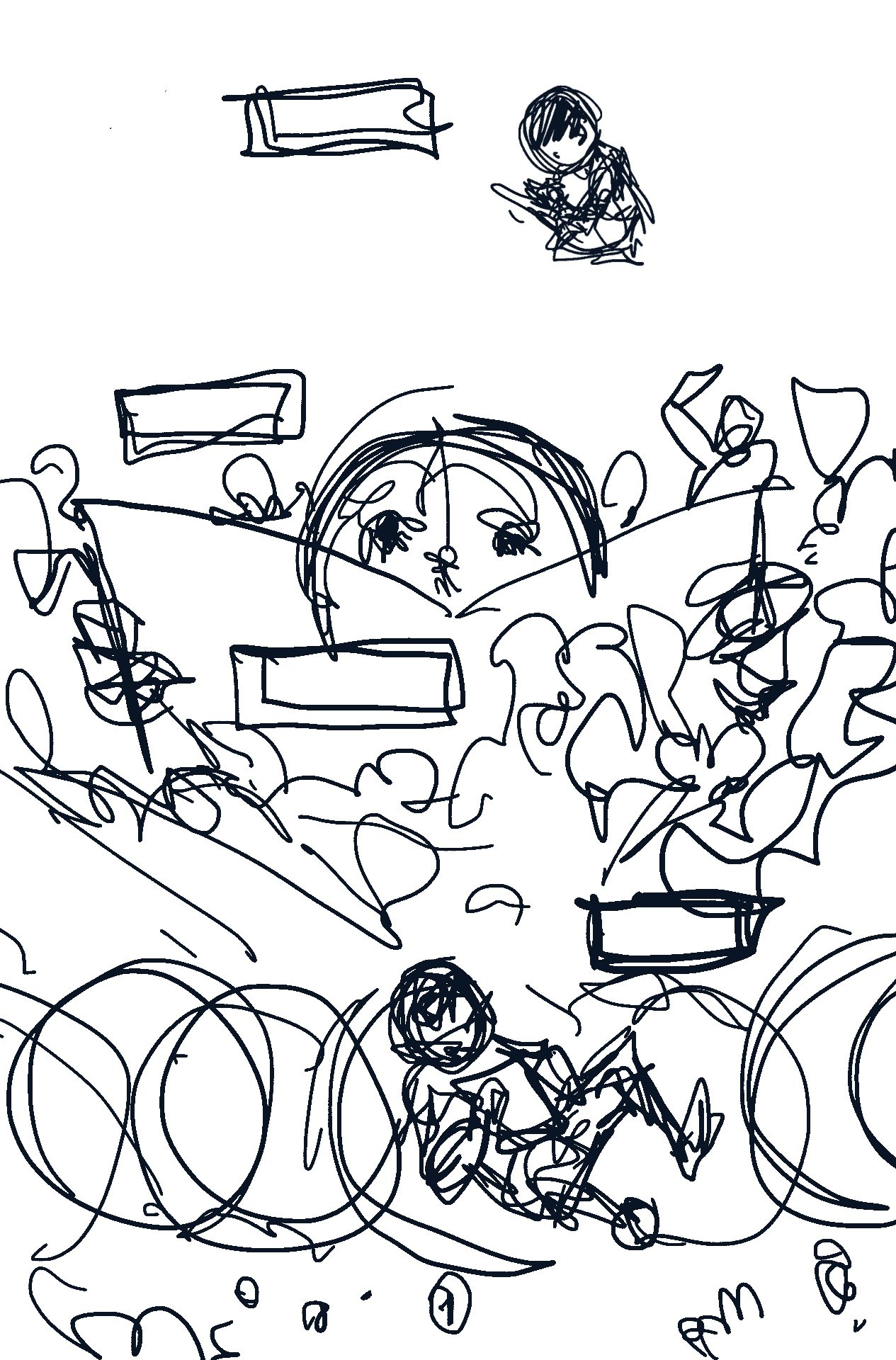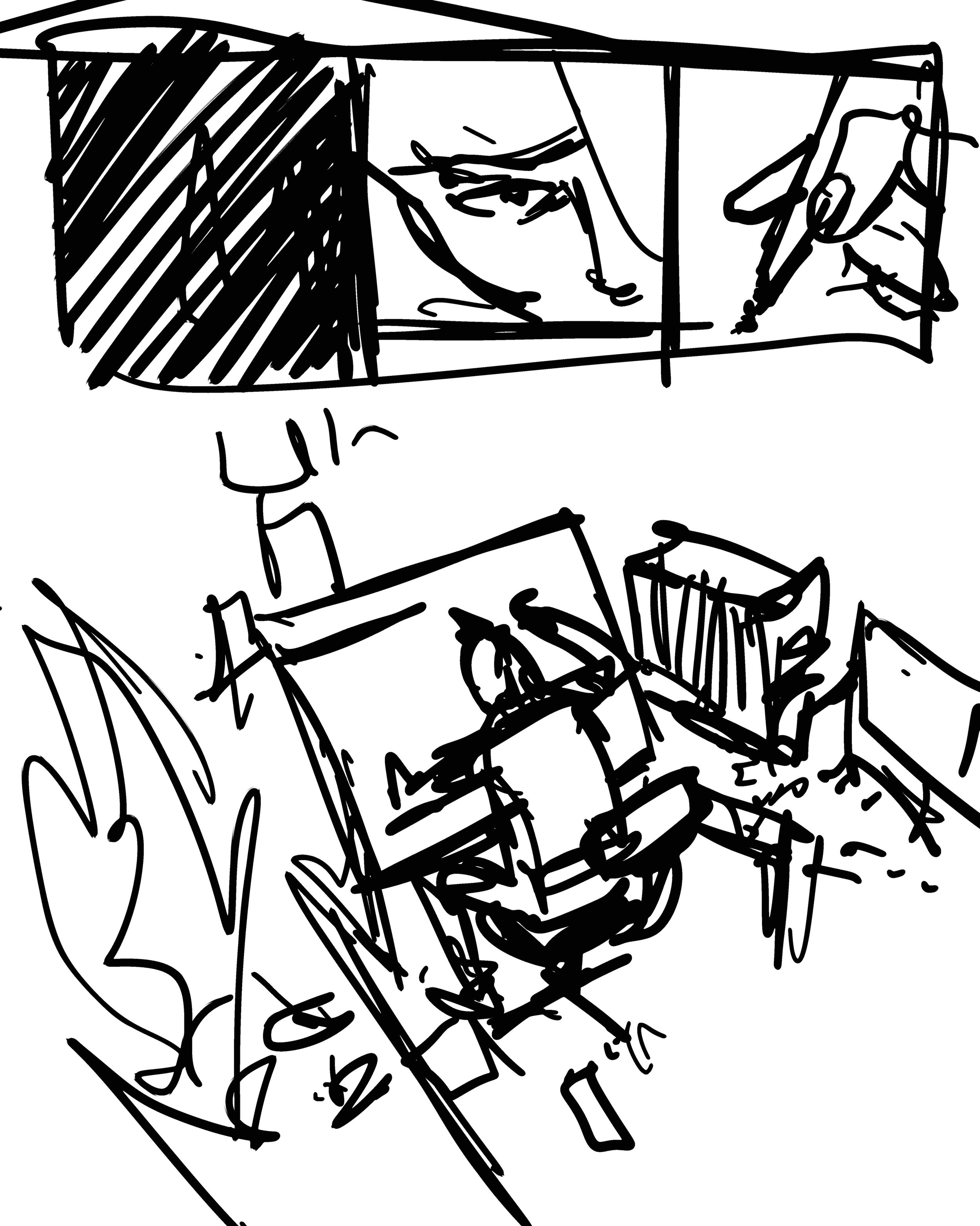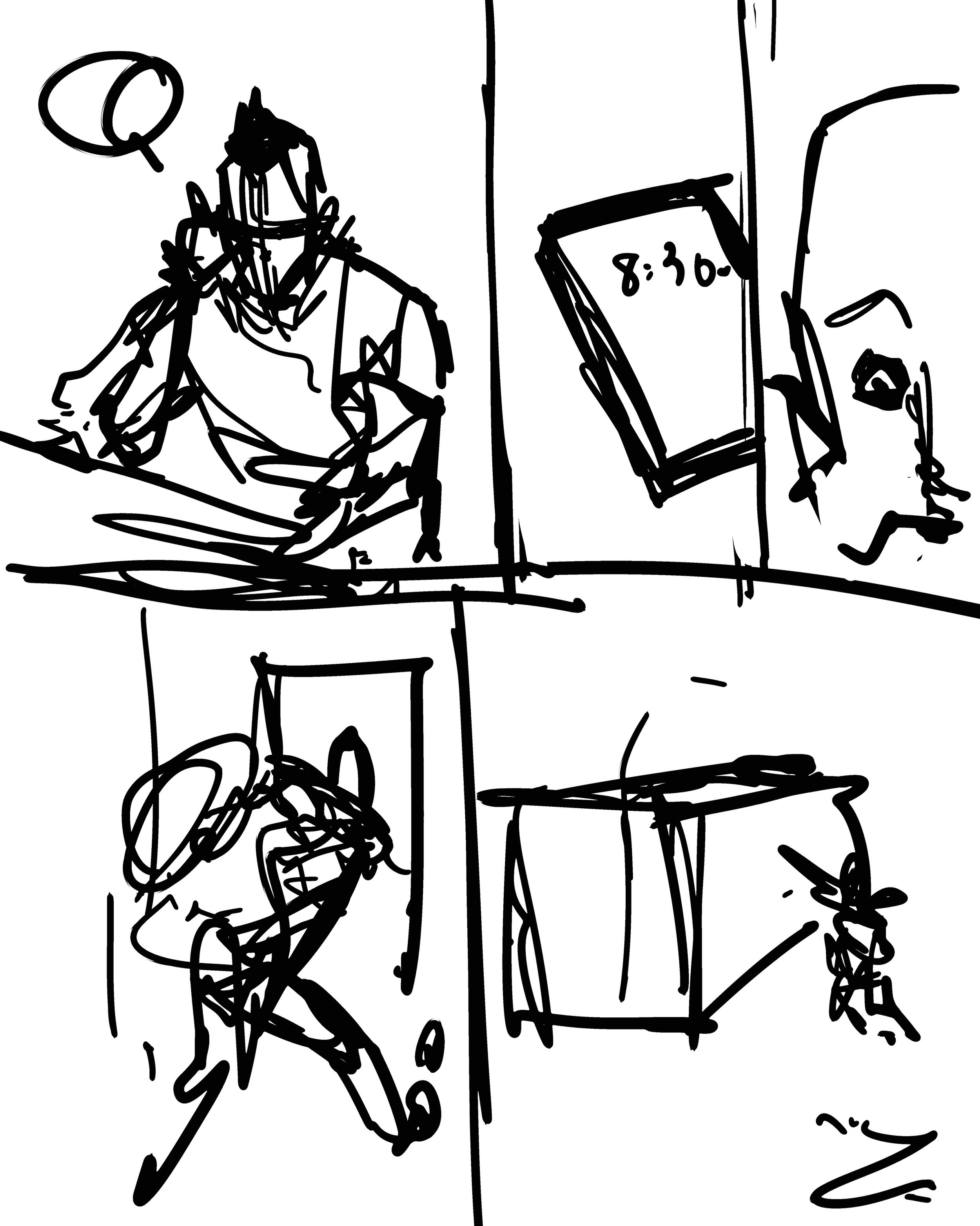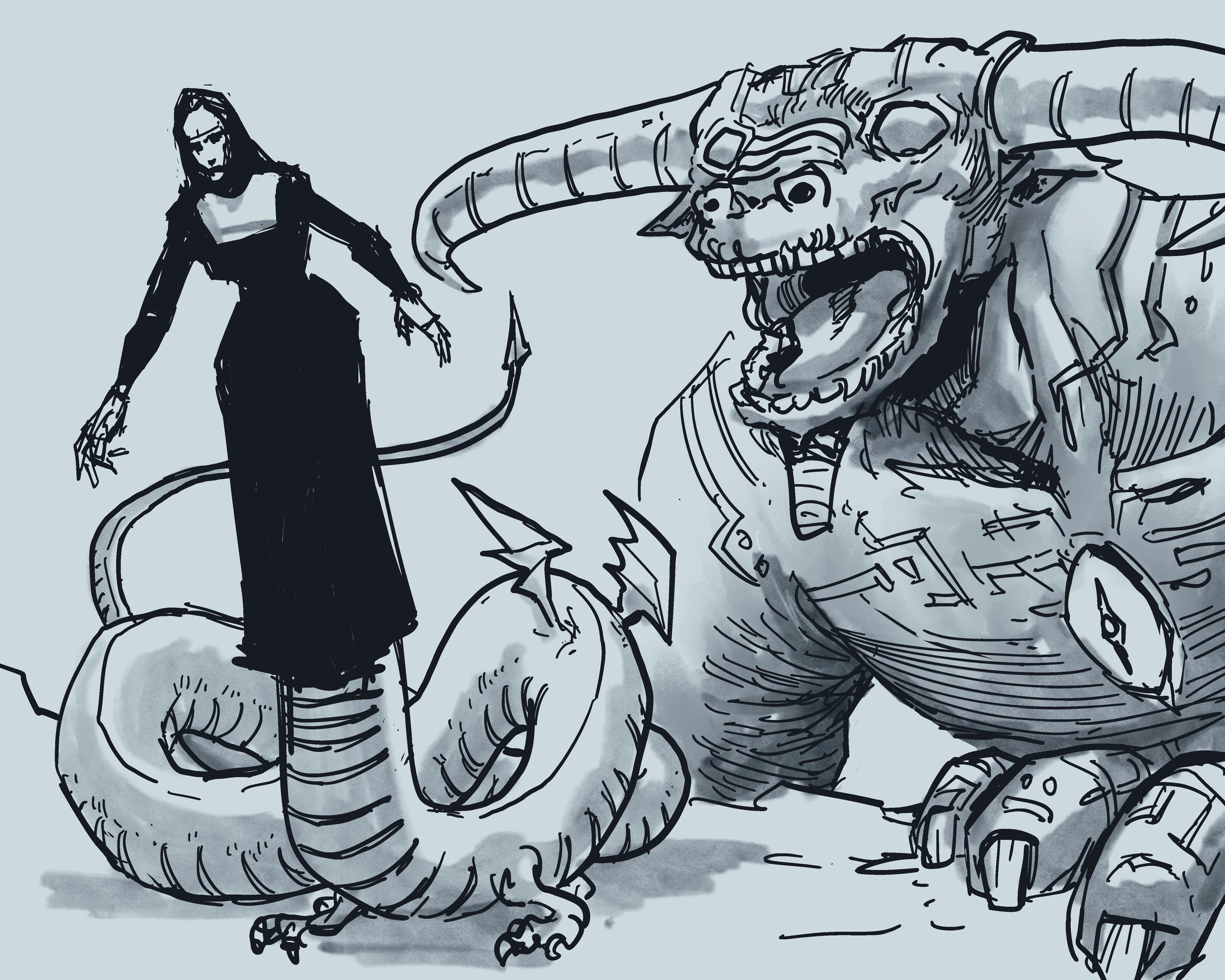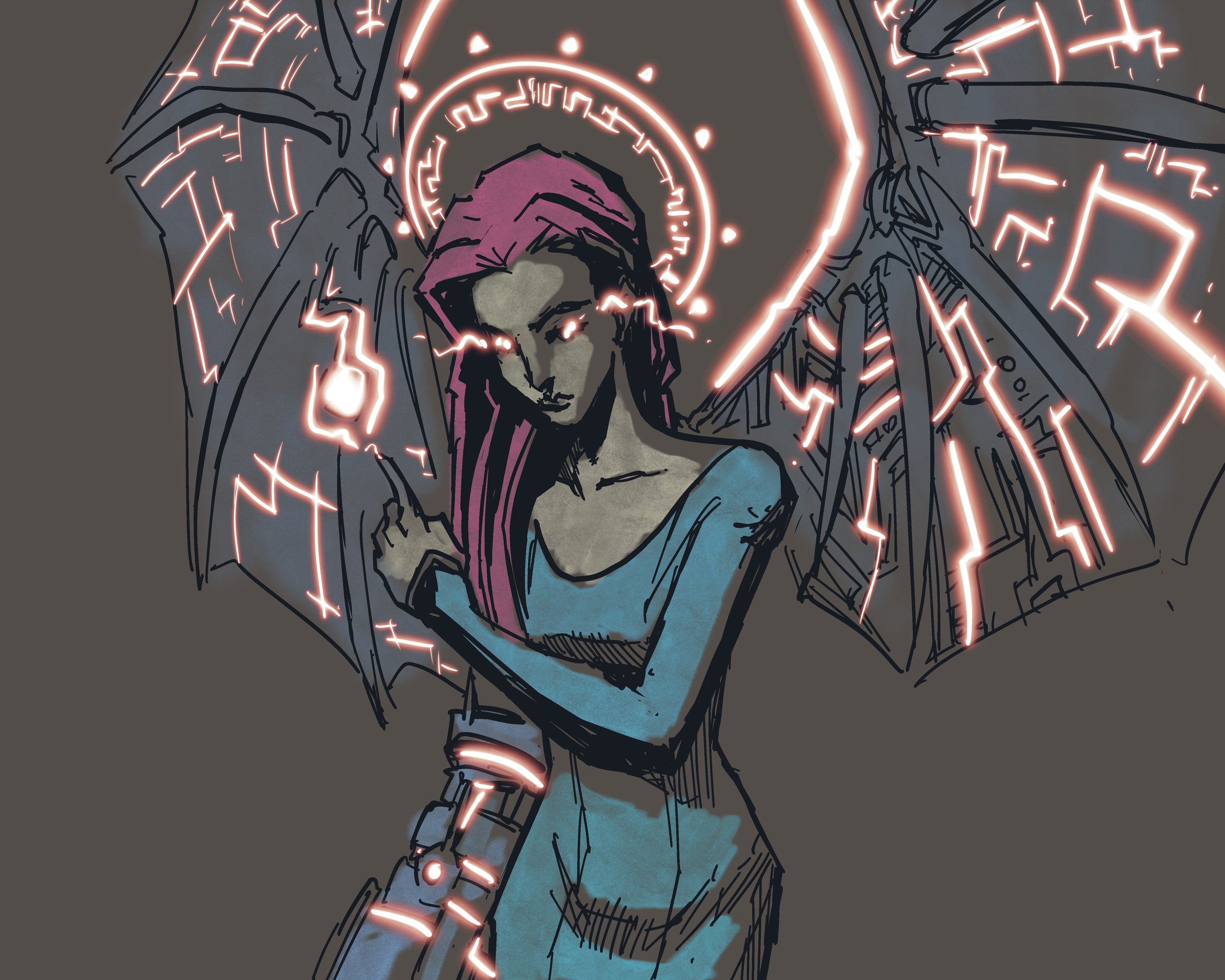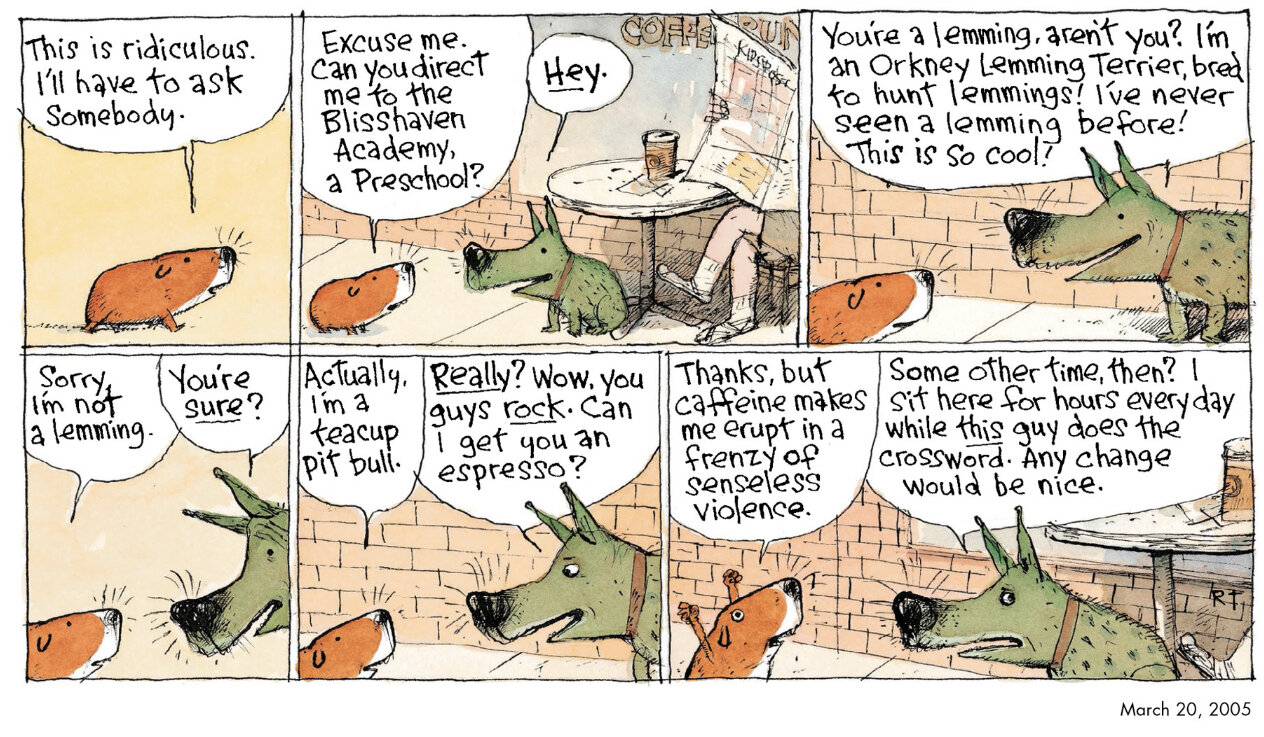The title says it all. This is a Secret Heart Attack Special that sits a bit outside of the main narrative but informs it. After the events of issue 1, I wanted to do a standalone story where we get to know Red Thunder a bit better, and this is the tale that emerged:
Cover to Red Thunder: Lost in the Realm Below (not final).
This is pretty close to the final cover (although I can see bits here and there that I might tweak.) I’m looking at all the Underworld stories I can (Inanna, Orpheus, Inferno) and channelling a bit of Gustav Doré and Frank Quitely for this. I’m also resurrecting an old character I created almost 20 years ago, in 2005. Her name is “Yaya Kadabra” and she first appeared in the Project: Hero anthology I co-edited with Elbert Or. So much fun:
Cover for Project: Hero by Marco Dimaano, circa 2005. The anthology included works by Dean Alfar, Vincent Michael Simbulan, Nikki Alfar and more, and was edited by myself and Elbert Or.
“Yaya Kadabra: Magic Caregiver” is an 8-page comic I wrote and drew when I was much younger, and she’s a very Filipino magic character with a “cat of shadows” named Anino. She’s much older now, and serves as a kind of mentorship role in this story, guiding the plot. I think she’s awesome, and it makes me want to include her in the main Secret Heart Attack narrative.
Yaya Kadabra: original character design and new sketches.
The whole thing is scripted and laid out, and I’m halfway through pencils. I’m aiming to have it out by August, but we’ll see. I’m juggling this with a new DC Comics project and another poster thing for Live Nations, plus a bunch of awesome comics-related events for my day job at The Art Students League of New York. It’s a busy time but I’m kind of loving it, as all these different projects are conceptually feeding into each other with quite a bit of harmony.
This is the stuff I had in the back of my head when I set up Secret Heart Attack. I wanted a whole universe to play with, populated by characters I could take anywhere with whatever story excited me. So (as always) there are more stories bubbling in the background. I have a standalone Mother Earth story in the hopper, an Unmaker tale, Gigaboy, and more.
I’m also about halfway through Secret Heart Attack #2, which I’m taking my time with. It’s Act 2 of the story and I want to make sure it’s super excellent before sending it to print. It will be quite a bit longer (at least 30 pages) and I’m taking my time with it. Hopefully Red Thunder tides people over while waiting.
Lastly: I can’t believe this is my first blog post of the year! I’ve lately been more active on Instagram and YouTube, so make sure to follow me over there. Happy spring! Summer is on its way! ☀️






